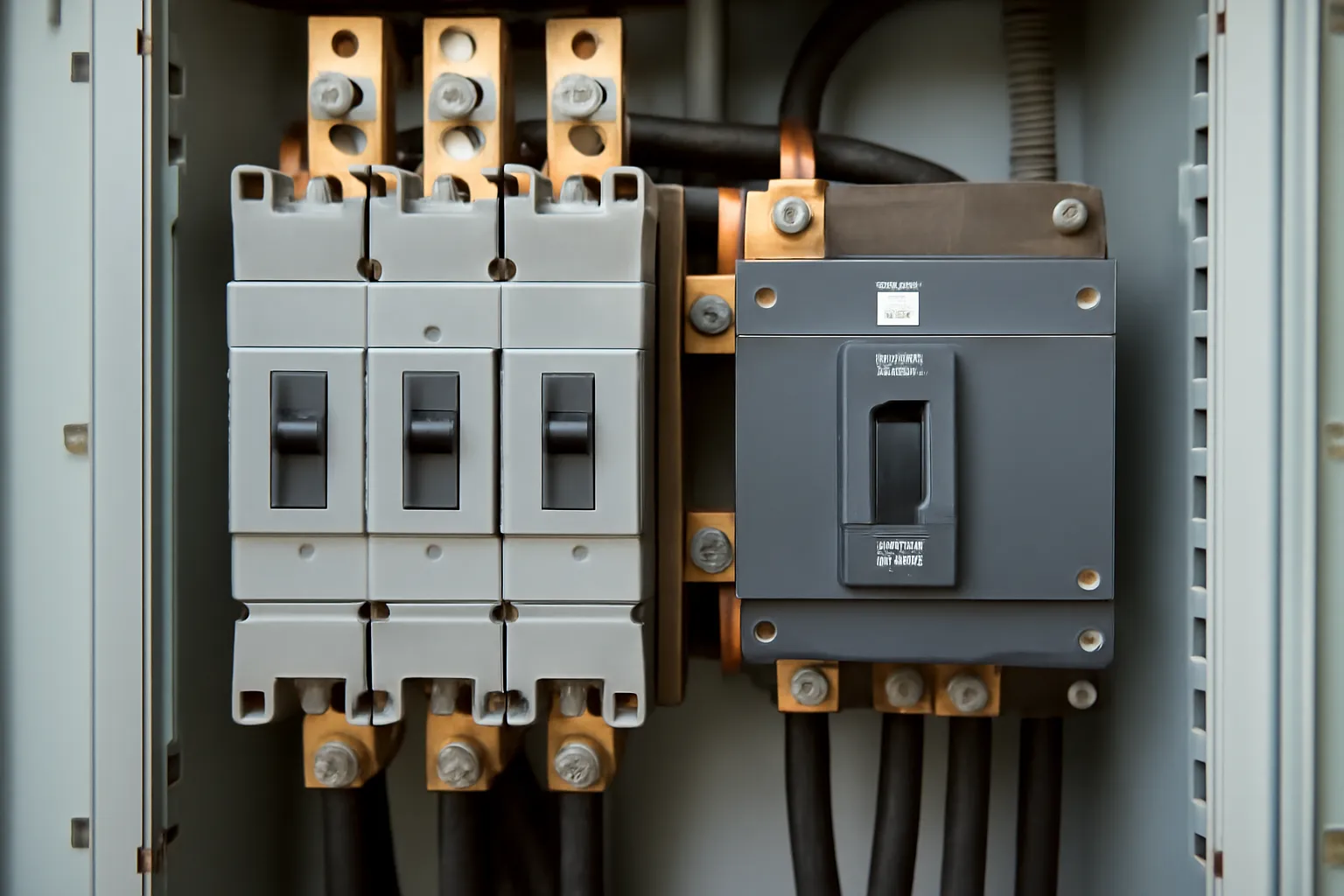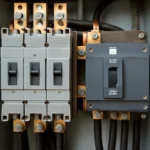What exactly is a side car circuit breaker, and why does it matter for your system’s performance? Are all side cars the same, or are there vital distinctions that can impact reliability and safety? This article dives into everything you need to know about side car circuit breakers—and why the difference truly matters.
Side car circuit breaker difference
When discussing a side car circuit breaker, it’s important to start with its purpose: it is a modular extension of a primary circuit breaker that allows for additional control, monitoring, or protection functionalities within an electrical panel. But not all side cars are created equal. The differences lie in form factor, capacity, application scope, and how they interface with the main breaker.
Let me explain this using a real-world example. A few years ago, while working on an industrial automation upgrade for a textile manufacturing plant, I had to integrate a Schneider Electric MasterPact circuit breaker with a side car expansion. The facility needed extra metering functions and motor protection features. Instead of replacing the main breaker entirely, the solution was to attach a compatible side car that offered just those functionalities. That decision saved thousands of dollars and several days of downtime.
Here are key differences you’ll want to understand:
-
Physical Configuration Some side cars are integrated units; others attach externally via brackets or rails.
-
Electrical Interface Voltage rating and interrupting capacity must align with the main breaker. Compatibility is crucial.
-
Functional Role Side cars can be for control (like shunt trip or undervoltage release), communication (for smart monitoring), or overload protection.
A second case was in a smart building retrofit in Seoul, where we used Siemens side car modules to retrofit IoT-enabled functionality to a 10-year-old main panel. Without altering the existing infrastructure, we were able to add Modbus RTU communication just by clicking in a side car.
In both scenarios, choosing the correct side car ensured compliance, optimized performance, and kept costs under control.
더욱 자세히 알아보려면 아래 버튼을 클릭하세요.
Circuit Breaker Side Car VI
The term “Circuit Breaker Side Car VI” often refers to a specific version or integration module designed to work with a versioned electrical protection system—typically in systems built around digital energy management or industrial safety.
“VI” in this context can refer to Version Integration, or in some cases, Voltage Isolation depending on the manufacturer. These side cars come with enhanced interfaces and are often used in smart panels or automation-heavy setups.
A particularly illustrative moment from my career was when I implemented a VI-compatible side car module in a datacenter’s backup power panel. The side car VI was connected to the main breaker to feed real-time analytics on power consumption, event logs, and predictive maintenance. This was crucial in detecting overvoltage trends and minimizing risk.
Here are five critical features of Circuit Breaker Side Car VI modules
-
Digital Communication (Modbus, BACnet, Ethernet)
-
Real-Time Metering
-
Event Logging
-
Predictive Fault Detection
-
Voltage/Current Isolation Channels
These are not just add-ons—they’re transformational. In a logistics warehouse in Incheon, we attached VI modules from ABB to legacy switchboards to collect load profiles and optimize energy usage. Within three months, power consumption dropped by 12% during peak periods.
If you’re working in facilities management, energy auditing, or smart building automation, Side Car VI is the future-ready path to modernization.
더욱 자세히 알아보려면 아래 버튼을 클릭하세요.
Circuit breaker side car difference
This may sound like a repetition of the first section—but it’s worth emphasizing that “circuit breaker side car difference” often relates to product variation across brands and applications, not just the definition.
Think of it like choosing between different smartphone accessories. Just because it’s called a charger doesn’t mean it fits your device or performs equally well.
Here’s a breakdown of common side car differences by manufacturer
-
Schneider Electric Offers modular side cars for protection, metering, and automation.
-
Siemens Focuses on diagnostics and control expansion modules.
-
ABB Integrates digital relay and remote trip capabilities.
-
Eaton Often includes surge protection or coordination controls.
In practice, I once encountered a problem where a client installed a Siemens side car to a GE panel. The units were not electrically compatible, and within 48 hours, it led to overheating. This emphasizes the importance of voltage matching, communication protocol compatibility, and physical interface standards.
Checklist to compare side car options
-
Rated Current and Voltage
-
Break Type (Thermal-Magnetic vs Electronic)
-
Mounting Type
-
Operating Temperature Range
-
Compliance (UL, IEC, etc.)
-
Communication Compatibility
-
Add-on Modules Available
From cost-efficiency to safety, these differences dictate whether your electrical system performs reliably—or fails during a critical moment.
더욱 자세히 알아보려면 아래 버튼을 클릭하세요.
Conclusion
A side car circuit breaker may appear to be just a supplemental device—but its influence is profound. Whether it’s extending functionality, enabling smart monitoring, or adapting legacy panels to modern standards, choosing the right side car—and understanding the differences—can make or break your electrical infrastructure.
As Benjamin Franklin once said, “An ounce of prevention is worth a pound of cure.” When it comes to power distribution, the side car circuit breaker is your ounce of foresight.
Understanding these distinctions equips you to plan better, install smarter, and operate with peace of mind in even the most demanding electrical environments.






